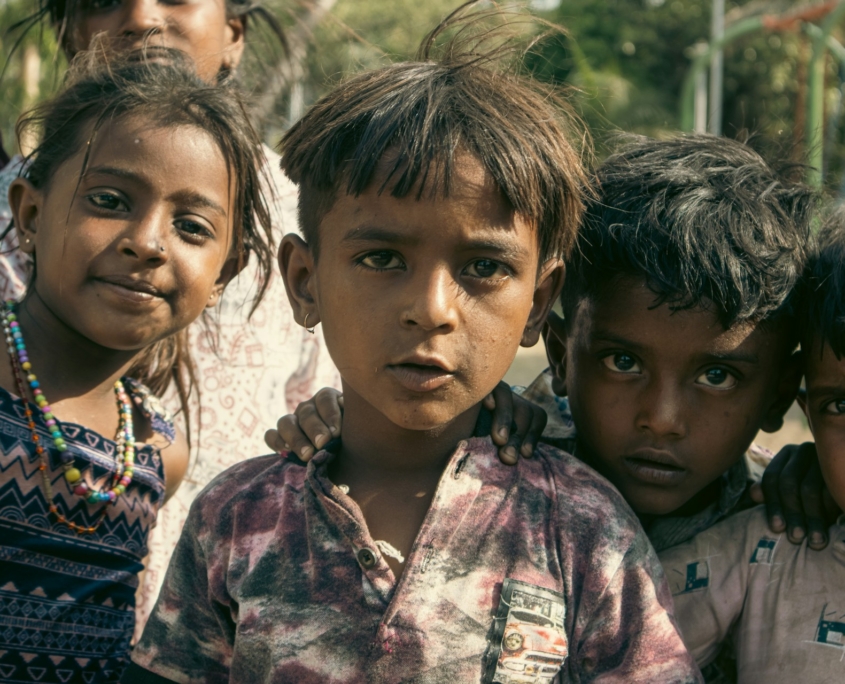The Health Impact on Children Living in the Slums of New Delhi
 India’s population has been sharply on the rise for decades, with the current population numbering a massive 1.4 billion people and growing rapidly every day. In recent years, India has released estimates that evidence a reduction in poverty throughout the country since 2010 and continues their work in lowering the percentage of those in poverty further. Despite the hard work and dedication of the Indian government, poverty among Indian children is high, with those living in the slums of New Delhi suffering daily.
India’s population has been sharply on the rise for decades, with the current population numbering a massive 1.4 billion people and growing rapidly every day. In recent years, India has released estimates that evidence a reduction in poverty throughout the country since 2010 and continues their work in lowering the percentage of those in poverty further. Despite the hard work and dedication of the Indian government, poverty among Indian children is high, with those living in the slums of New Delhi suffering daily.
Neglect: Living in the Slums of New Delhi
Societal improvements and national progress have led many government officials in New Delhi to overlook and essentially ignore slum towns. The government, despite its obligation to acknowledge slum settlements and their human rights to water and sanitation, has not legally recognized any new slum since 1994. Without this recognition, slum residents suffer, often facing an array of diseases and dying younger than those living outside the slums. Accessing essentials like health care and employment proves challenging, making it difficult for families to find jobs that sustain them and to access safe medical care. People from all over India, particularly those with families and young children, make the slums of New Delhi their home, striving to support themselves in a new city.
Children’s Health Crisis in the Slums
There is an alarmingly disproportionate percentage of children living in the slums of New Delhi and India in general. Throughout India, there are more than 13 million children between the ages of 10-14 living in poverty. These numbers are amplified within the slums themselves. A particular slum, called ‘Nizamuddin Basti’ located in central New Delhi has an approximate population of 25,000 people. The number of people under the age of 14 in the settlement is just more than 5,000. Due to the overpopulation issues with the slums, health issues among children are rife. The main issues highlighted through firsthand experience are respiratory diseases, diarrhea, gastritis, intestinal worms, anemia, scabies and ringworm. Direct health issues are the causes, such as lack of housing ventilation, inadequate sanitation and water storage facilities, often making the children of the slums ill and worsening their preexisting diseases.
Aiding the Youth
Organizations such as ‘Children Incorporated aim to help young people nationally, using the money raised to provide children with the basics and essentials that they often miss out on. In addition to organizations from other areas, ‘The Hope Project’ is a local organization, with aims to facilitate the young people in the slum settlements and give them access to clean supplies and water to improve their health. Alongside supplies and resources, the organizations aim to create schools and health centers for children to give them the help they desperately need to be able to have a sufficient future, which it has done since the project began in 1975. Through help from organizations, alongside improved assistance from government officials in New Delhi, the people of the slum settlements can feel optimistic about their future for themselves and the children of the slums.
Looking Ahead
Amidst the challenges faced by slum dwellers in New Delhi, particularly children, the commitment of organizations like Children Incorporated and The Hope Project brings a beacon of hope. These efforts, combined with increasing government recognition, are paving the way for a brighter future for slum residents. As access to education and health care improves, there is a growing optimism that the cycle of poverty in these communities can be broken, offering children a chance at a healthier, more prosperous life.
– Lily Thornhill
Photo: Unsplash
